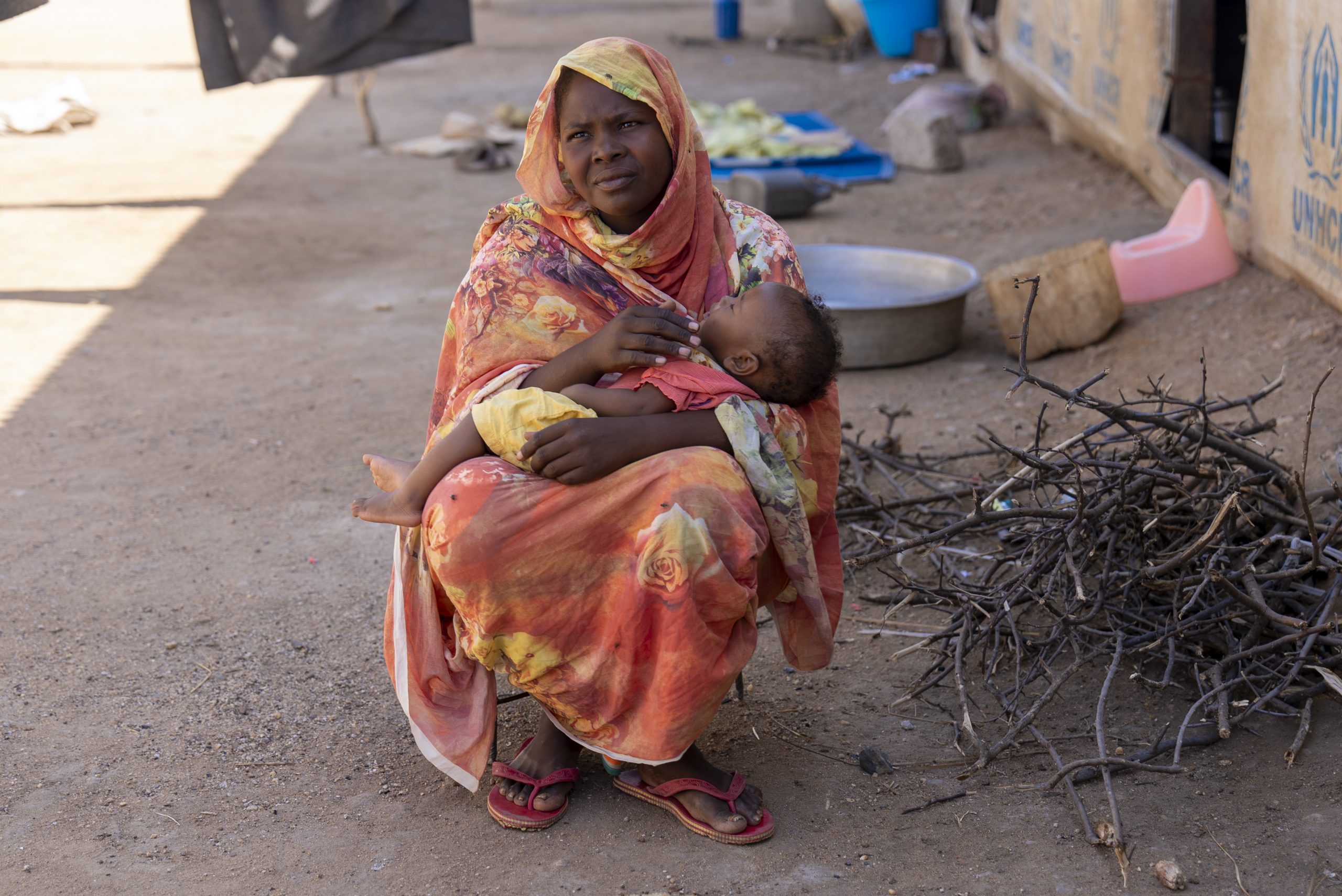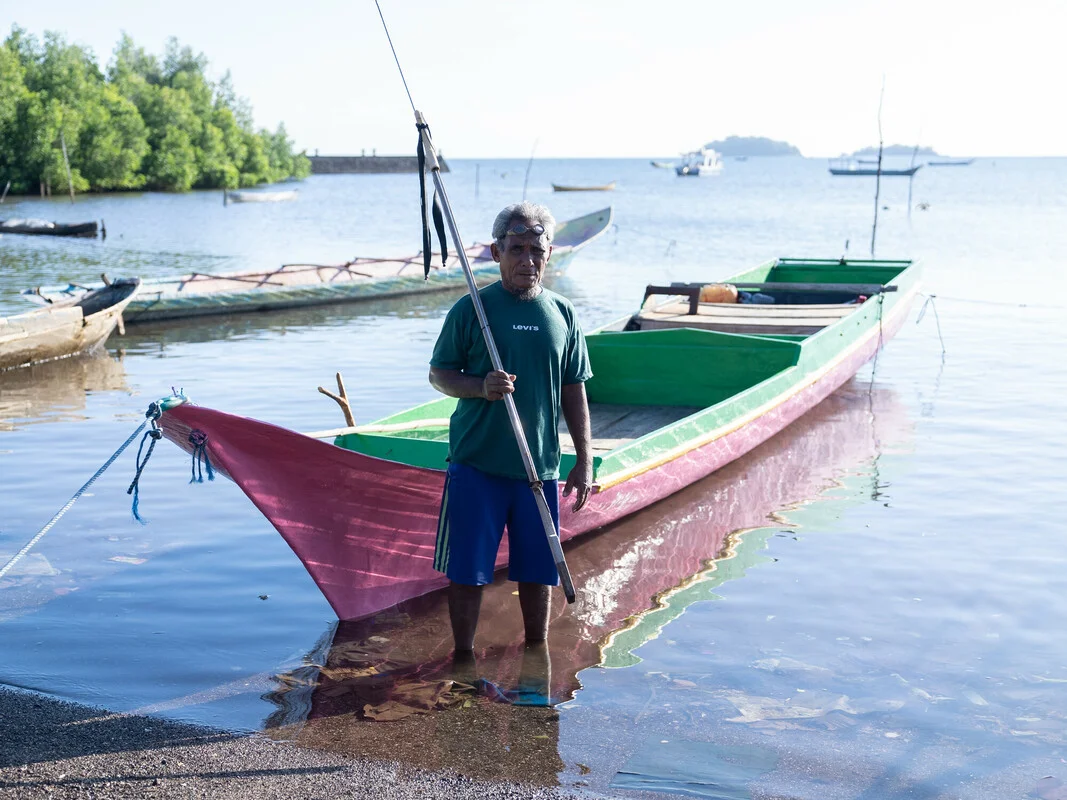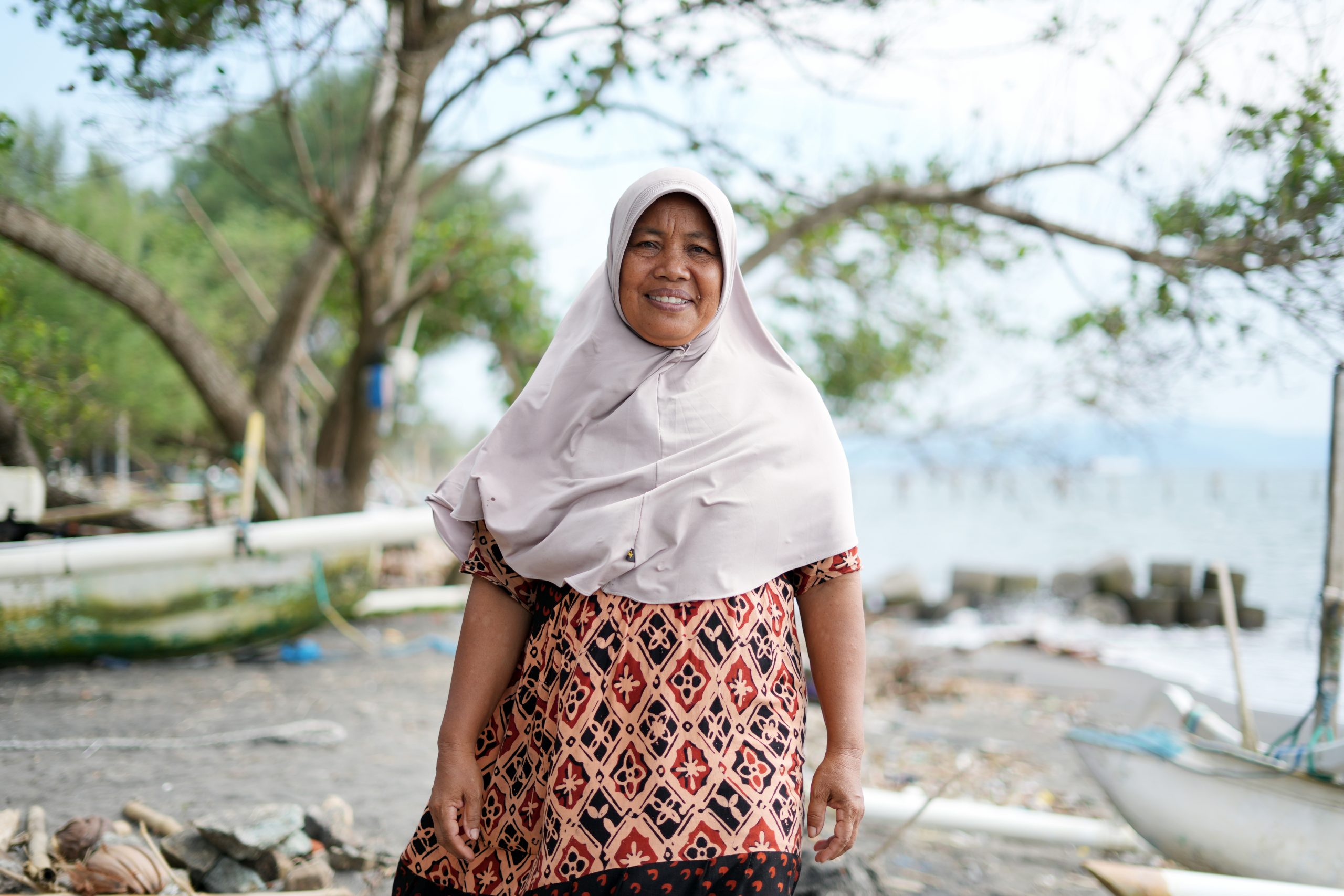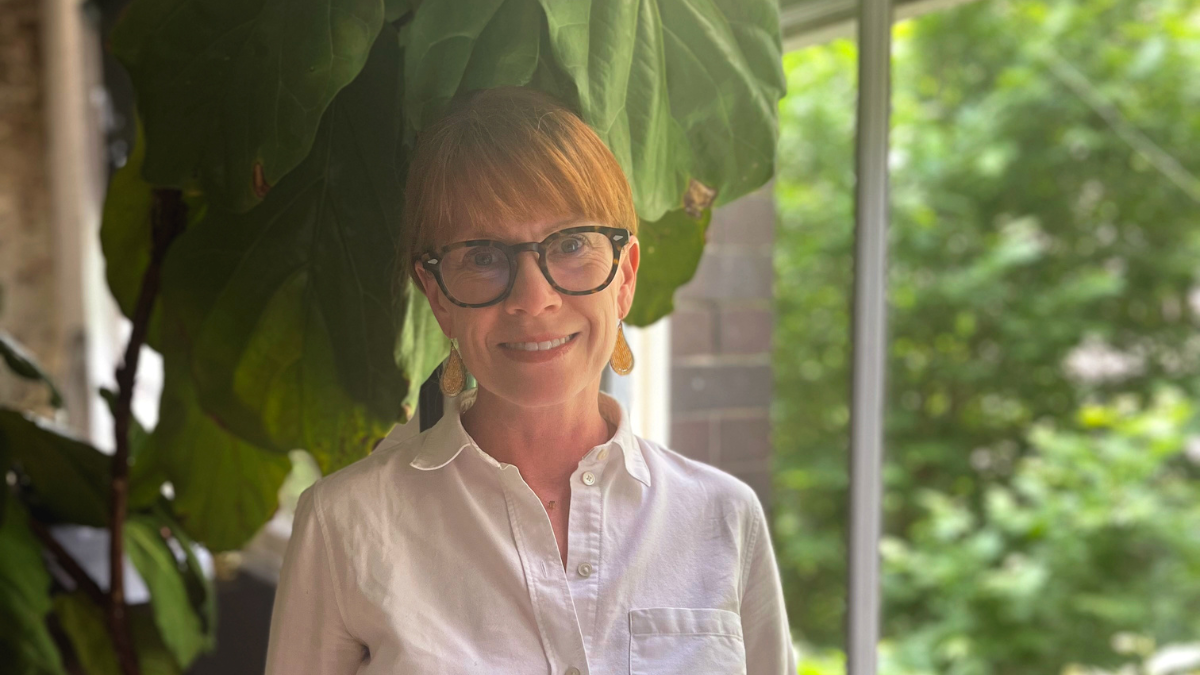The East Africa food crisis is one of the most urgent and complex humanitarian challenges in the world today. Right now, more than 56 million people across the region are facing high levels of hunger and malnutrition. In East Africa, famine is driven by conflict, disease outbreaks, economic and political instability, and the lasting impacts of climate shocks.
Conditions are especially severe in countries like Somalia, Ethiopia, Kenya, South Sudan and Sudan, where multiple crises overlap to disrupt food production and leave communities with little protection.
In this article, we’ll explore the scale of the crisis, its causes, the impacts on people and communities, and what can be done in response. We’ll show you how Oxfam and its partners are working on the ground to deliver support and strengthen long-term resilience.
- What’s happening in East Africa right now?
- What’s causing the East Africa food crisis?
- How the crisis is affecting people and communities
- How communities and organisations are responding to the East African food crisis
- What are the long-term implications of the East Africa food crisis?
- What needs to happen next?
What’s happening in East Africa right now?
Across East Africa, the scale of food insecurity is unprecedented. As of March 2025, more than 56 million people are facing acute hunger. That figure continues to climb as conflict, displacement and climate-related disasters escalate.
Sudan and South Sudan are experiencing some of the highest levels of need. In Sudan alone, more than 17.7 million people are now in crisis or worse (IPC Phase 3 or above), including more than 8.5 million in emergency levels of hunger (IPC Phase 4). Famine-like conditions have already been confirmed in at least 10 states, largely in areas affected by conflict and displacement.
In Ethiopia, ongoing instability, severe drought and economic shocks have pushed over 10 million people into food insecurity, with child malnutrition exceeding emergency thresholds in parts of Afar, Oromia, Somali and Tigray regions.
Somalia continues to face overlapping crises, with flooding, drought and instability disrupting food access. An estimated 3 to 4 million people still need food assistance.
Other countries across the region, including Kenya, Uganda, Rwanda, Tanzania, Burundi and Djibouti, are also experiencing elevated hunger levels, particularly in rural and displaced communities. The number of people affected across East and Central Africa is now estimated at 73 million.
This is not a short-term emergency. In East Africa, famine reflects a long-term erosion of systems that help communities access, grow and afford food. And without urgent action, the situation will only deepen.
What’s causing the East Africa food crisis?
There’s no single cause behind the food crisis in East Africa. Instead, it’s the result of overlapping shocks and crises, such as climate, conflict, economic strain and inequality, interacting with fragile food systems.
Climate extremes are becoming more frequent and intense
Years of prolonged drought, punctuated by flash flooding and unpredictable rainfall, have wiped out crops and livestock across wide areas. This isn’t just a dry season. It’s a sign of deepening climate instability. Many farmers now face the difficult choice between planting in poor soil or abandoning harvests altogether.
Conflict and displacement continue to disrupt food access
In Sudan, fighting has pushed millions from their homes, separating people from land, markets and support systems. In South Sudan, Somalia, Ethiopia and beyond, conflict has destroyed infrastructure, cut off trade routes, and made farming and pastoralist livelihoods dangerous or impossible.
Rising food prices and economic instability are worsening hunger
Even where food is available, many families can no longer afford it. Currency depreciation, inflation and reduced international aid have combined to make basic food staples increasingly unaffordable.
Gender inequality and systemic poverty further limit access to food
Women are disproportionately affected by food insecurity. Poverty and gender inequality create barriers to education, land ownership, paid work, nutritious food and healthcare. This creates a cycle of malnutrition and vulnerability.
By now, it should be clear: the East Africa food crisis is not just about food production. It’s about a wider set of systems (environmental, political, social and economic) failing to support the communities that depend on them.
How the crisis is affecting people and communities
The East African hunger crisis is reshaping everyday life across East Africa. Families are travelling longer distances in search of food or water. In some areas, pastoralists have been forced to abandon herd migration routes due to insecurity or dry grazing lands.
Where markets have collapsed or prices have spiked, households are eating smaller amounts of food less frequently, or relying on less nutritious options to stretch their food supply.
In some regions, hunger itself is driving displacement. Families are leaving their homes, not because of conflict, but because they can no longer grow, buy or access food where they live. Many are moving to under-resourced towns or informal settlements in search of assistance.
Education is also being affected. In times of crisis, girls are more likely to be removed from school — either to help at home or because families can no longer afford school fees. In some communities, women are turning to informal labour or selling belongings to cover food costs.
How communities and organisations are responding to the East African food crisis
East African communities are actively responding to the crisis. Local organisations and community leaders are central to the response. They’re delivering supplies, raising awareness, and helping families access clean water and nutrition support. In drought-affected areas, some are also working to protect livestock, restore crops and support income-generating activities.
Oxfam works in partnership with community-based organisations to strengthen these responses, ensuring support reaches the people who need it most.
Where possible, humanitarian agencies and governments are scaling up emergency food distributions, nutrition services, and access to clean water. In many regions, cash-based assistance is helping families buy what they need from local markets. But funding shortfalls are limiting what can be done.
The scale of the crisis is exceeding the current capacity to respond. With millions in need and more at risk each day, more support is urgently required to sustain and expand these efforts. Collaborative, well-funded, community-led responses are the most effective way to address the crisis — both now and in the future.
What are the long-term implications of the East Africa food crisis?
The East Africa food crisis is an urgent humanitarian emergency. It’s also a sign of deep structural inequalities. Without long-term investment in systems that support food security, the region will continue to face repeated cycles of hunger, displacement and poverty.
Climate extremes are arriving more often and with greater intensity. But it’s inequality, instability, and limited access to resources that turn these shocks into widespread crises.
Rural communities that rely on farming and livestock are facing significant challenges. As climate stress and conflict continue to erode livelihoods, younger generations face increasing barriers to land ownership, education, and stable incomes. Many are forced to migrate, often without the resources or protections they need.
The crisis is also deepening gender inequality. Women and girls are more likely to experience food insecurity and less likely to own land or access agricultural training. Without targeted support, these gaps are likely to grow.
Unless these root causes are addressed, short-term aid will not be enough. The region needs sustained support for local food systems, education, conflict resolution and climate adaptation — and it should be led by the local communities.
Oxfam continues to advocate for a global response that goes beyond emergency relief. A response that funds long-term development, supports women’s leadership, and strengthens the rights and resilience of people living on the frontlines of crisis.
What needs to happen next?
The East Africa food crisis can be addressed, but only if the global response matches the scale and complexity of the crisis.
Immediate funding
In the short term, immediate funding is needed to meet urgent needs. This includes food assistance, clean water, sanitation, and health services — particularly in areas facing extreme hunger or famine. Flexible funding allows organisations on the ground to respond quickly and adapt to changing conditions.
Cash-based assistance can be scaled up (where markets allow) so that families can make choices that work best for them. More investment is also needed in mobile health services, protection programs, and support for displaced communities.
But humanitarian aid alone won’t solve this crisis. What’s also needed is a bold shift in how food insecurity is addressed. One that recognises the structural roots of hunger and invests in long-term solutions.
Long-term support
Long-term solutions include things like funding locally led agricultural initiatives, restoring degraded land, and supporting women farmers. It means improving early warning systems, strengthening peacebuilding efforts, and ensuring people have access to education, healthcare and decent work. It means tackling the gender inequality that limits women’s roles in decision-making and economic participation.
It also means recognising that climate justice and food justice are connected. The people hardest hit by climate shocks are often those who have contributed the least to global emissions. A fair response must include support for communities to adapt and recover, with meaningful input from those most affected.
Oxfam is calling on the Australian Government to increase its humanitarian aid budget and to commit to long-term funding that supports community-led responses. You can add your voice to that call at Increase the Budget.
The East Africa food crisis is not inevitable. It is the result of choices. Choices about where resources go, whose voices are heard, and which communities are supported. And that means we also have the power to choose differently.
How you can help
Oxfam is working with communities around the world to deliver emergency support and strengthen long-term resilience. Your support can help scale up these efforts.
Donations to Oxfam help fund food assistance and access to clean water for communities globally. When you donate, you’ll help us distribute essential hygiene supplies. You’ll also support women-led farming projects and local health initiatives. Programs that help families rebuild.
Every contribution supports flexible, community-driven responses that are grounded in local leadership. Donate today.
This crisis is urgent, but it’s not hopeless. Communities are already leading the response. With the right support, they can protect lives and restore livelihoods. Building a future where everyone has enough to eat.
If you still have questions about food insecurity, you can read about global hunger, famine and food security.



